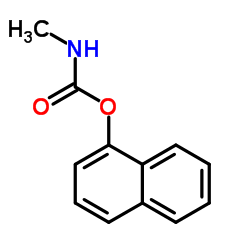| Structure | Name/CAS No. | Articles |
|---|---|---|
 |
carbaryl
CAS:63-25-2 |
|
 |
acephate
CAS:30560-19-1 |